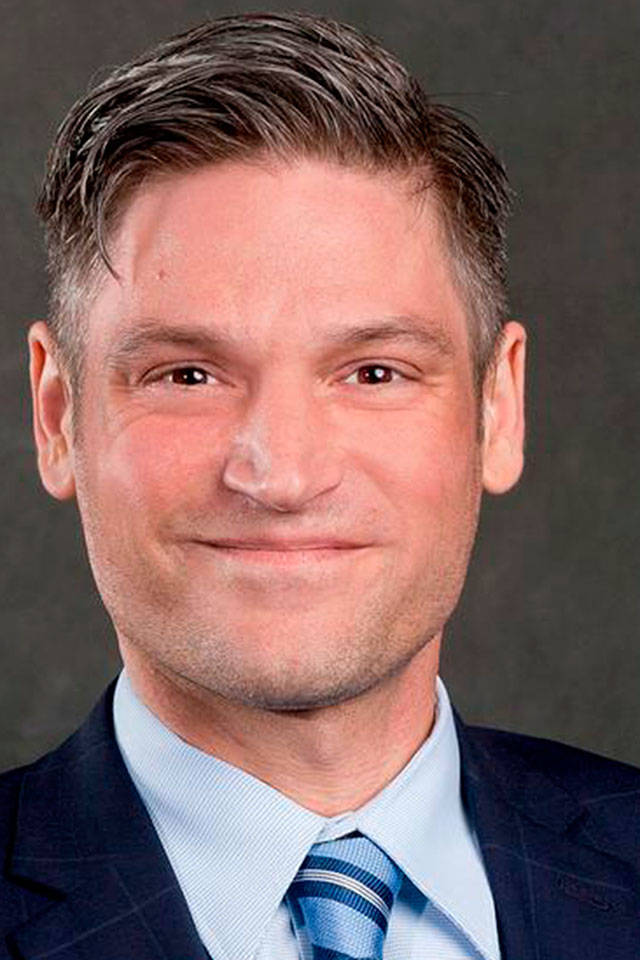The far-right calls it Obamacare so that when they sink it, as they intend to do, they’ll sink its namesake, too. That’s not a very nice thing to do. Not when public health truly means more to the nation than the ravings of chest-thumping old white politicians.
It’s hard to figure whether they’re in a snit over Obamacare because they can’t bear it being passed by a black Democrat or because of other reasons. They once charged that we’d have to wait to see doctors or to have operations, just like in Canada. Then reality caught them waiting a month or two to see their own right-wing doctors. Just like in Canada.
So they reloaded with the issue they’re closest to. Money. Conservative think-tanks jumped to embellish a message which says, while we can spend for miscellaneous wars, bank subsidies and a do-nothing congress, we cannot afford medical care. Unless you’re rich, of course. The right’s oxymoronic Independent Institute dutifully published dollar-based claims: Doctors will simply stop seeing patients. Hospitals will leave the market (close). Obamacare will destabilize entire sectors of the economy.
It’s not that the Patient Protection and Affordable Care Act, aka Obamacare, is free of problems. It’s such a big idea that we should expect it to carry big baggage. And as it represents change, certain entrenched interests holding the short straws howl the loudest. But that’s not enough reason to swallow the negative blather of think-tanks that give thinking a bad name.
Universal health care works fine elsewhere. When every German citizen (or visitor to Germany) gets excellent health care at 34 cents for the same care our patchwork system delivers for a dollar, something is very wrong. Let’s be frank about why.
Real reasons for the high costs of health care — universal or otherwise — spring from the American way of life, parasitic insurance middle-men and abuses by the Medical Industry — not to be confused with ethical practitioners within the medical profession. These are inflationary causes that can and should be addressed.
A number of things have happened at once. Americans became progressively sloppy about keeping themselves healthy while an economy-wide frenzy to deregulate business turned medical insurers into mercenary parasites. Machines replaced muscle to turn hard-bodies Americans into soft bodied slobs. Natural exercise disappeared with push-type lawn mowers and wood stoves that needed wood choppers. We don’t even wind car windows up and down.
Universal health care will be affordable only if citizens like you and I would (a) realize that we are the first line of responsibility for taking care of our bodies, (b) abandon health-destroying substances and activities, and (c) make sure the next Congress has a spine enough to recognize that what’s good for business may not be good for the nation’s health. Consider these four points of attack:
Personal fitness and obesity: Obesity is a fast-track to expensive Type-2 diabetes treatment now costing one of every ten dollars spent for health care. The nation’s annual bill for diabetes treatment has now topped $245 billion, In Washington State, the obesity rate jumped from a 1995 level of between 14 percent and 17.9 percent to a 2010 level of from 22 percent to 25.9 percent. The percentage jump in diabetes was even greater. With a quarter of the population obese, Mike and Molly fit right in as “roll” models.
Medical profit centers: David Maurenhen, M.D., reported, “Over the last several years I have heard my colleagues talk more and more about ancillary revenues and how they [MRIs] are becoming a must-have in order to survive in today’s marketplace. Some have bragged that their revenue generators [MRIs] are ‘cash-cows.’” The Wall Street Journal reported that clinics referring patients for less-common PET scans earned up to $525,000 for two referrals per day. Another study showed that test results from patients whose doctors profited from MRIs consistently showed more negative results than tests ordered by doctors who didn’t profit from the tests. Unfettered, the medical industry trends toward whatever is most profitable.
Hypochondria: Stuff happens. I stub a toe. I twist a knee. I get the sniffles. It seems that America has forgotten that a human body’s miraculous potential for fixing itself takes care of most bruises, cuts, sprains and transient bugs. Many cases end after 14 days with treatment, two weeks without. Yet we insist on costly doctoring for everything from hangnails to sour stomachs.
Overmedication: Pills, pills, pills. After the FDA loosened advertising regulations on DTC (direct-to-consumer) medications, advertising jumped from $1 billion in 1997 to $4.2 billion in 2005. “See your doctor today!” followed by 15 seconds of fast-talking side effects citing everything from bleeding ulcers to blindness.
We can fix the system if we open our eyes to the personal and economic reasons for the problems it faces. As a nation that went smoke-free and buckled up, we can face decisions that will make quality universal health care affordable.
Comments may be addressed to .




